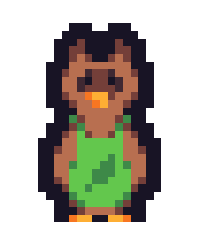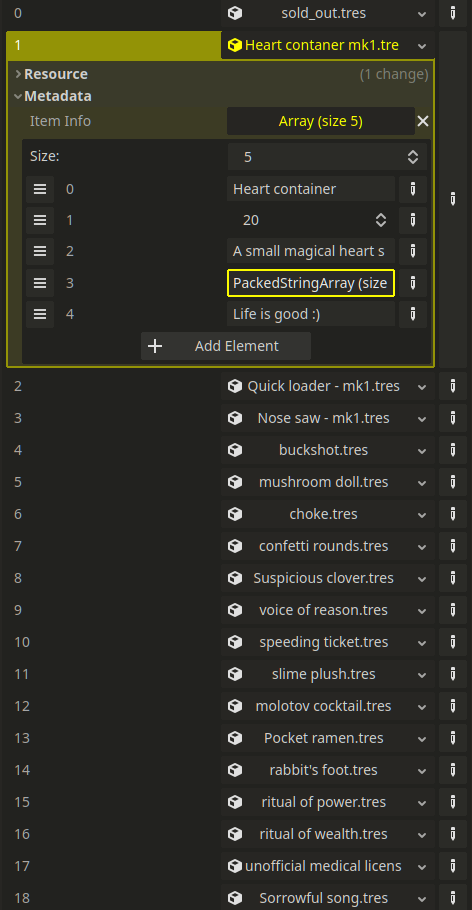Correct, not a right or wrong approach. Some are more easy to implement than others, some are a better fit for specific languages and tools.
You asked about typical, and typical is table-based configuration. Sometimes that is tables in source code, sometimes that is tables in data files, sometimes other variations, but lots of simple tables are the normal approach.
If your tool happens to show them in a graphical format where each table is called a collection and a row on the table is broken out as an array entry, it's still fundamentally the same approach.
With this approach adding an item in the world is easy. Find the table that describes it, add an entry, and it just works. If you want a new wand, maybe “wand of ice”, add a new entry in the wand table, it's a RAY type wand, it travels a distance of 15, it defaults to 8 charges, it does damage equal to [LVL]*D6, and has an effect COLD. Add another wand, maybe “wand of cold” that has a weaker than “wand of ice”, add another entry in the wand table, it's a RAY type wand, it travels a distance of 7, it defaults to 8 charges, it does damage of [LVL]*D3, and also has an effect COLD.
Rougelikes built this way tend to be quite extensible with relatively few building blocks. You'll have a few typical effects and their resistance (magic, fire, cold, shock/electric, acid, poison, …) a collection of effects (stun, confuse, blind, sleep, paralysis, sick, …), and similar broad attributes letting you mix and match as the game is built.
Often they multiply. You can create one new effect/resistance combination and it multiplies by everything else. One new effect means a new effect-related item in every type of weapon, every type of armor, and a new wand, ring, potion, and scroll related to the effect. That one new effect might result in 30+ new item variants in the game. Adding “COLD” might create 3 new potions (minor cold resistance, cold resistance, major cold resistance), a new ring of cold resistance, a cold resistance intrinsic for monsters, a few scrolls like “Blizzard”, “Arctic Chill”, “Freezing Orb”, a big collection weapons like ice knife, ice sword, ice grenades, ice-glyph arrows, some new spells like cone of cold, frost ray, armors that grant ice resistance like a fur cloak, a fur-lined helmet, fur boots, and fur undergarments, and so on.












